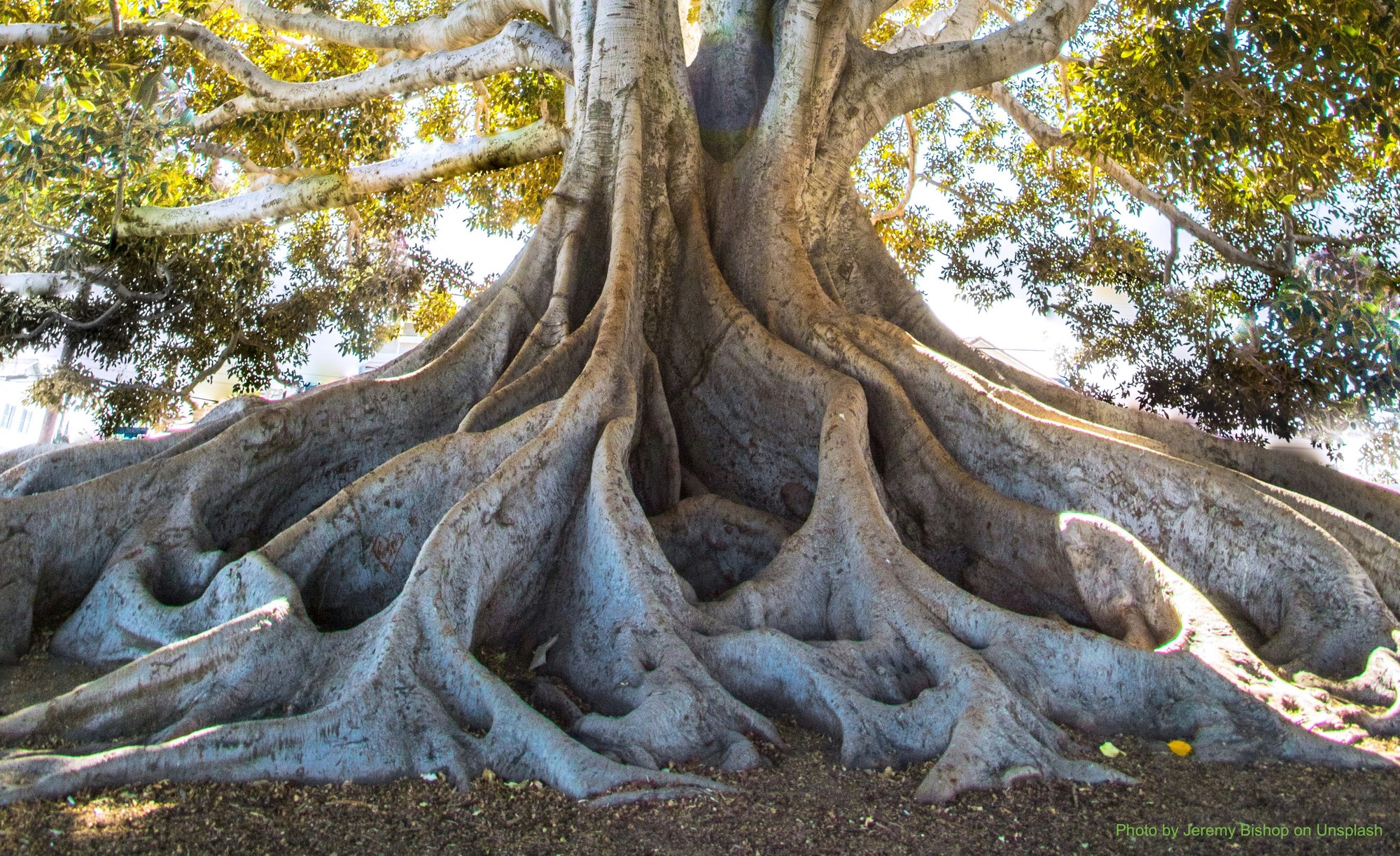Best Year Ever
A process to improve sustainable organisations
Sep 20, 2024
Synopsis
The “Best Year Ever” process is a structured Solution Focus (SF) workshop methodology designed to help teams and organisations develop actionable improvement plans, thereby fostering sustainability. This method utilises the SF Numberless Scaling technique, which encourages participants to envision celebrating their most successful year as if it had already happened, then looking to see how much of this is happening now or has happened recently, and then to work out their next small steps in the form of an Action Plan.
Workshop Structure and Preparation
Participants
Workshops are best conducted with 6-12 participants from diverse stakeholder groups, ensuring a variety of perspectives.
Number of Workshops
Run as many sessions as needed to include all stakeholders, ensuring comprehensive input.
Format Consistency
Each workshop follows the same structure, allowing participants to attend only once while ensuring consistency across sessions.
Stages of the Workshop
Welcome and Ice Breaker
Start with an introductory activity to help participants get to know each other. I recommend people introduce their neighbours to the room.
They should spend a few minutes chatting to each other first, and find out their name, their connection to the organisation, and ‘one thing that has pleased them in the last seven days’. This helps the facilitator learn names (as by introducing someone, the name is mentioned more frequently than if we introduce ourselves), and also enables the facilitator to point out strengths and resources in the stories told. Stories can be about any aspect of life, not just work or the organisation under discussion.
The Miracle Question
Ask the participants to imagine they are 12 months in the future, having had their ‘Best Year Ever’. They identify noticeable changes that signify this success. This stage involves extensive brainstorming and flipchart documentation of all ideas.
The facilitator must use ’noticing’ questions and record noticeable differences when recording contributions. Detail will also help here. For example, if a delegate said, ‘we would have lots of funding’, ask what they would notice that told them they had had lots of funding, and make liberal use of ‘what else?’
Also, having exhausted the perspective of the people in the room, expand the conversation to other stakeholders - e.g. clients, suppliers, customers, funders, and ask what they would notice.
This stage involves extensive brainstorming and flipchart documentation of all ideas.
Review Noticeable Differences
After a short break, participants review the noticeable differences on the chart and identify which ones are currently or recently observed. These are marked to highlight progress already made.
Next Steps Action Plan
Finally, participants select the differences they want to see in the near future (e.g., six months). These are marked to create a focused action plan.
Post-Workshop Analysis
Review and Theming
A small team reviews the outputs from all workshops to identify significant themes, which the team compile into a Vision statement.
Strengths Identification
Current strengths are recognised from the themes and marked differences.
Action Plan
The next steps, derived from marked future goals, form the actionable plan for the coming months. This plan is concise (2-3 pages) and presented to all stakeholders to ensure engagement and commitment.
Benefits for Sustainable Organisations
Engagement and Buy-in
The inclusive and participatory nature of the workshops ensures that all stakeholders feel involved and committed to the action plan.
Vision and Strength-Based Approach
Focusing on a positive future and leveraging current strengths aligns with sustainability principles, promoting resilience and continuous improvement.
Actionable Steps
The clear, short-term action plan helps organisations prioritise resources and activities effectively, driving sustainable progress. By following this structured workshop process, organisations can foster a collaborative environment that supports sustainable development and continuous improvement, ultimately leading to their ‘Best Year Ever’.
Download the Guide to the Process
This is an extract from SFiO’s Solution Focused Sustainability Dossier, which provides the output from the SOLWorld Unconference 2024.
